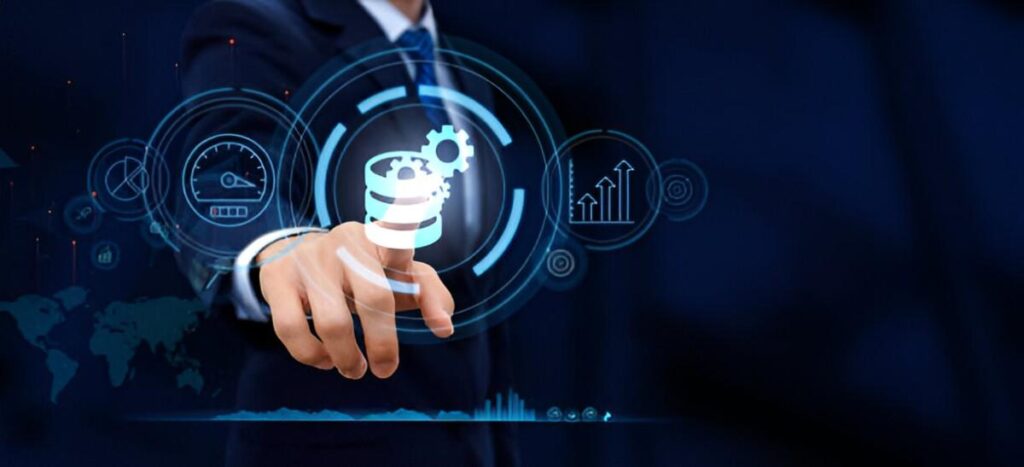As someone who has spent years analyzing financial performance, I understand how production cost variance can make or break a business. When costs deviate from expectations, profit margins shrink, pricing strategies falter, and operational efficiency suffers. In this article, I will dissect production cost variance, explore its causes, and demonstrate how businesses can mitigate its effects.
Table of Contents
What Is Production Cost Variance?
Production cost variance measures the difference between the actual cost of producing goods and the standard or budgeted cost. It serves as a key performance indicator (KPI) for manufacturing efficiency. The formula for production cost variance is:
\text{Production Cost Variance} = \text{Actual Cost} - \text{Standard Cost}A negative variance indicates cost savings, while a positive variance signals overspending. However, interpreting this requires deeper analysis—some variances stem from inefficiencies, while others arise from external factors like inflation.
Types of Production Cost Variances
Production cost variance breaks down into three primary components:
- Material Variance – Differences in raw material costs.
- Labor Variance – Fluctuations in wages and productivity.
- Overhead Variance – Changes in indirect production expenses.
1. Material Variance
Material variance occurs when the actual cost of raw materials differs from the expected cost. It splits into two subcategories:
- Material Price Variance (MPV) – Measures cost differences due to price changes.
- Material Usage Variance (MUV) – Measures cost differences due to quantity used.
The formulas are:
\text{MPV} = (\text{Actual Price} - \text{Standard Price}) \times \text{Actual Quantity} \text{MUV} = (\text{Actual Quantity} - \text{Standard Quantity}) \times \text{Standard Price}Example Calculation
Suppose a furniture manufacturer budgets \$10 per unit of wood but ends up paying \$12 due to supply chain disruptions. If they use 1,000 units:
If they expected to use 950 units but actually used 1,000:
\text{MUV} = (1000 - 950) \times 10 = \$500 \text{ (Unfavorable)}The total material variance is \$2,500 unfavorable.
2. Labor Variance
Labor variance arises when actual wages or hours worked differ from standards. It consists of:
- Labor Rate Variance (LRV) – Differences in wage rates.
- Labor Efficiency Variance (LEV) – Differences in hours worked.
The formulas are:
\text{LRV} = (\text{Actual Rate} - \text{Standard Rate}) \times \text{Actual Hours} \text{LEV} = (\text{Actual Hours} - \text{Standard Hours}) \times \text{Standard Rate}Example Calculation
A factory budgets \$20 per hour for labor but pays \$22 due to overtime. Workers log 500 hours instead of the expected 450.
\text{LRV} = (22 - 20) \times 500 = \$1,000 \text{ (Unfavorable)} \text{LEV} = (500 - 450) \times 20 = \$1,000 \text{ (Unfavorable)}Total labor variance is \$2,000 unfavorable.
3. Overhead Variance
Overhead variance compares actual indirect costs (e.g., utilities, rent) to standard costs. It includes:
- Variable Overhead Variance – Fluctuates with production volume.
- Fixed Overhead Variance – Remains constant regardless of output.
The formulas are:
\text{Variable Overhead Variance} = \text{Actual Variable Overhead} - (\text{Standard Rate} \times \text{Actual Output}) \text{Fixed Overhead Variance} = \text{Actual Fixed Overhead} - \text{Budgeted Fixed Overhead}Example Calculation
A company budgets \$5 per unit for variable overhead but spends \$6,000 for 1,000 units (expected: \$5,000).
\text{Variable Overhead Variance} = 6000 - (5 \times 1000) = \$1,000 \text{ (Unfavorable)}For fixed overhead, if the actual cost is \$10,000 versus a budget of \$9,500:
\text{Fixed Overhead Variance} = 10000 - 9500 = \$500 \text{ (Unfavorable)}Causes of Production Cost Variance
Several factors contribute to variances, some controllable, others not:
1. Market Conditions
- Inflation – Raises material and labor costs.
- Supply Chain Disruptions – Increase procurement expenses.
2. Operational Inefficiencies
- Waste – Excess material usage due to poor handling.
- Machine Downtime – Reduces labor productivity.
3. Human Factors
- Training Gaps – Workers take longer to complete tasks.
- Overtime Costs – Unplanned labor expenses.
Impact on Business Operations
Unchecked variances erode profitability and disrupt financial planning. Consider these consequences:
1. Reduced Profit Margins
If production costs exceed budgets, businesses must either:
- Absorb the loss (lowering net income).
- Raise prices (risking customer attrition).
2. Cash Flow Strain
Unexpected costs deplete working capital, limiting funds for growth initiatives.
3. Inaccurate Forecasting
Persistent variances distort future budgets, leading to poor strategic decisions.
Mitigation Strategies
1. Regular Variance Analysis
Track variances monthly to detect trends early.
2. Supplier Negotiations
Lock in long-term contracts to stabilize material prices.
3. Process Optimization
Lean manufacturing reduces waste and improves efficiency.
4. Employee Training
Skilled workers complete tasks faster, lowering labor costs.
Conclusion
Production cost variance is more than just a financial metric—it reflects operational health. By dissecting material, labor, and overhead variances, businesses can pinpoint inefficiencies and take corrective action. The key lies in proactive monitoring and strategic adjustments. If managed well, companies can turn unfavorable variances into opportunities for improvement.





